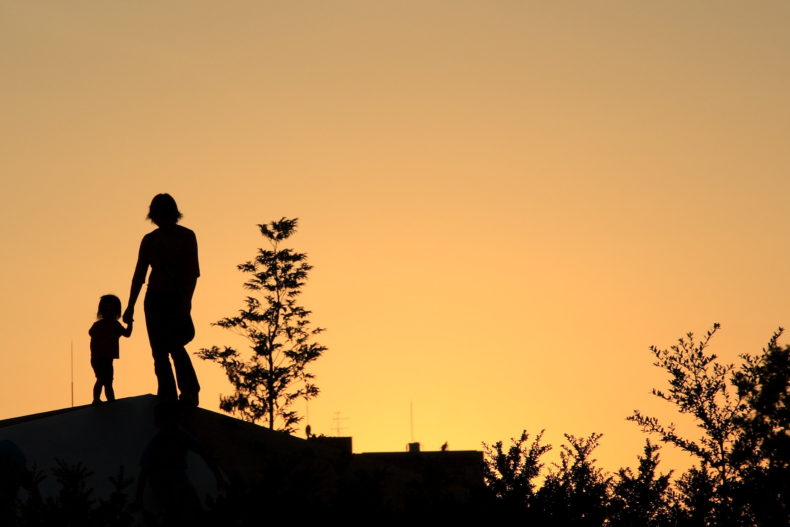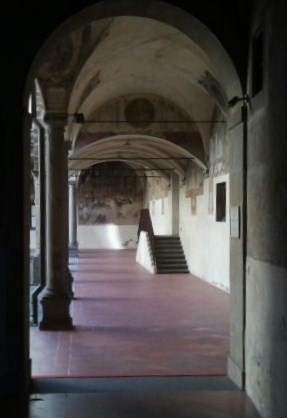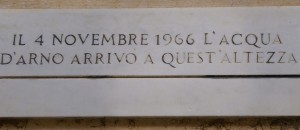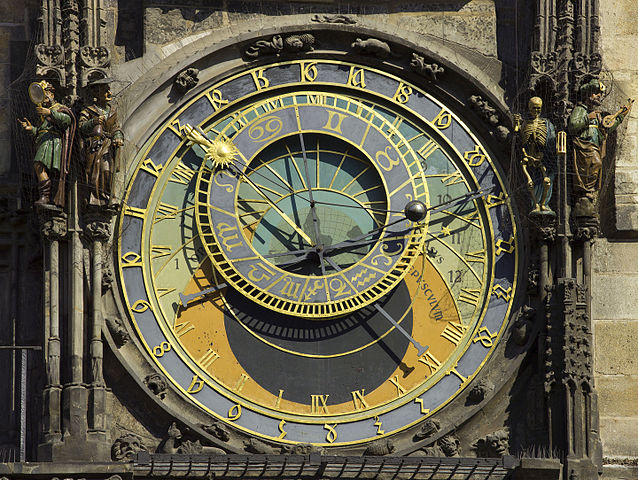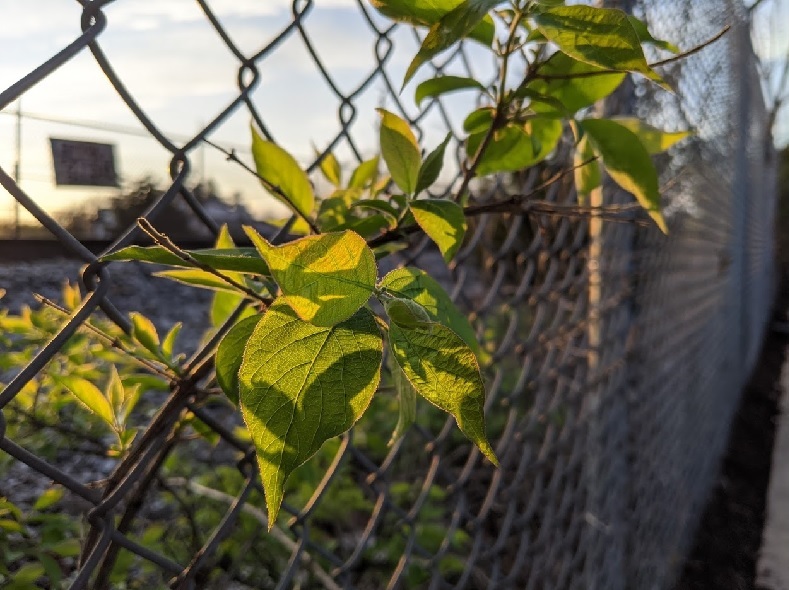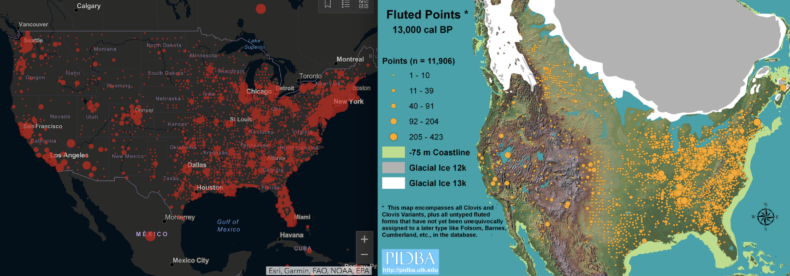
Not long ago, a friend who lives nearby, a skilled hunter of arrowheads, found a beautiful fluted spear point. It came from between his house and mine, along a ditch. The find was stunning, what I think has to be Clovis technology from 13,000 years ago, its point as sharp as the day it was made. I’ve held it in my hand, turning it over and over, one of the finer pieces of stonework I’ve seen. He found it, oddly, while picking up trash along a rural ditch. He figured it had to have been dredged up during modern history, dumped to the side, out of place, no known provenience, showing up here out of the blue. Maybe not entirely out of the blue, though, this point is part of a much bigger puzzle.
A week ago I snapped a shot of the coronavirus map for North America. This was before red dots merged and turned the US into a record breaking blot. Next to it, I placed a map of fluted projectile points from the Ice Age, dating to about 13,000 years ago. The two maps struck me as remarkably similar. What might be behind this?
Continue reading